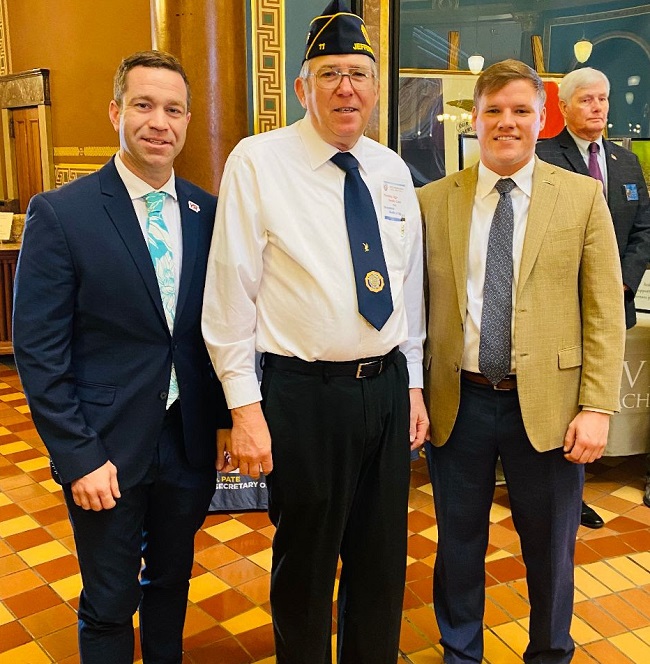
~by State Senator Jesse Green
January 20, 2022
Governor Kim Reynolds has done such a great job leading our state. She is confident, bold, yet still very graceful, and unafraid to take what most would call “political risks.” She does what she believes is right and doesn’t dance around topics. I believe the citizens of Iowa love this about her and are rewarding her with great approval ratings. The question that remains is, “will moderate Republicans follow the Governor’s lead?”
Governor Reynolds’s Condition of the State speech was over a week ago. Legislators have had the opportunity to talk with one another and get a feel for how her vision will impact policy and where we may end up on some of her policies. I appreciate her bold, clear vision. Prior to her Condition of the State speech, I was hoping this year would not be about elections and campaigns, but rather bold reforms, and she delivered! Tax reform, unemployment reform, and education reform will be the big three reforms the state will benefit from if the legislature follows her lead. Today I will talk about education reform.
Last year, some rural legislators expressed concerns with the governor’s school choice proposal. In rural Iowa private school options may not exist so those legislators see it as a proposal with no possible benefit to their area. Some expressed a concern about a decrease in funding for rural schools often struggling with stagnant or declining enrollment.
Governor Reynold’s rolled out an inspired plan this year to address many of those concerns. Her plan provides help to students with IEPs, low- and medium-income families, as well as rural districts.
Taxpayers are spending more than $15,000 per student on education in Iowa. The state’s portion is over $7,200 per pupil. Yes, do not faint, taxpayers are now spending over $15,000 per student on education in Iowa when we add up all local, state and federal dollars. Her proposal is that 70 percent of a qualified student’s state aid should follow a low- to medium-income child into a private school if they choose. The remaining unspent 30 percent would not just go back to our general fund, but rather to rural school districts who might be struggling with low student numbers.
This description is a simple overview of her proposal, but it gives you the political picture. It is a brilliant proposal to provide school choice to those parents and students in need of options for their education. It also addresses concerns about decreases in funding for rural schools by dedicating measurable and defined dollars specifically to rural schools. I’m confident the governor’s proposal will address the problems some legislators had with her school choice plan last year.
I have long championed school choice. It is an issue near and dear to my heart and I look forward to continuing to advocate for that policy during the remainder of this session.

